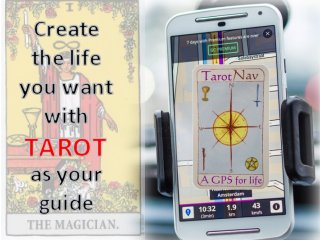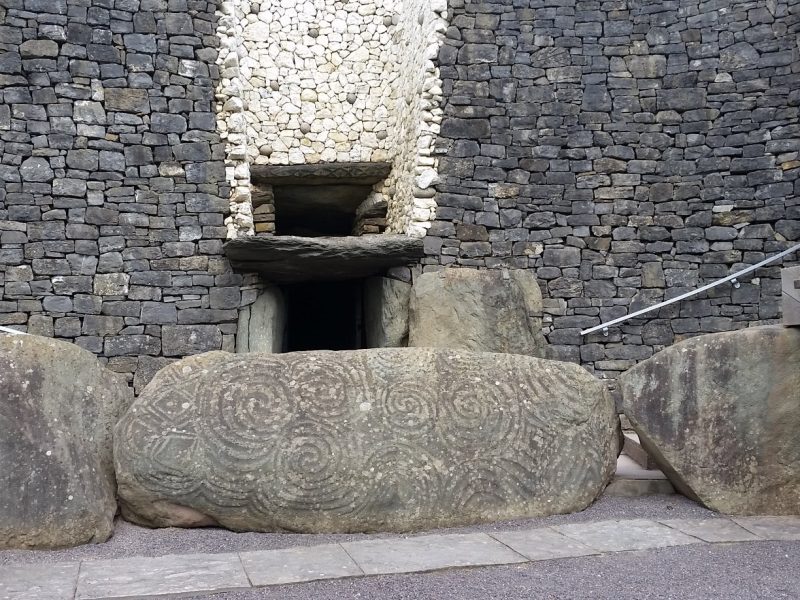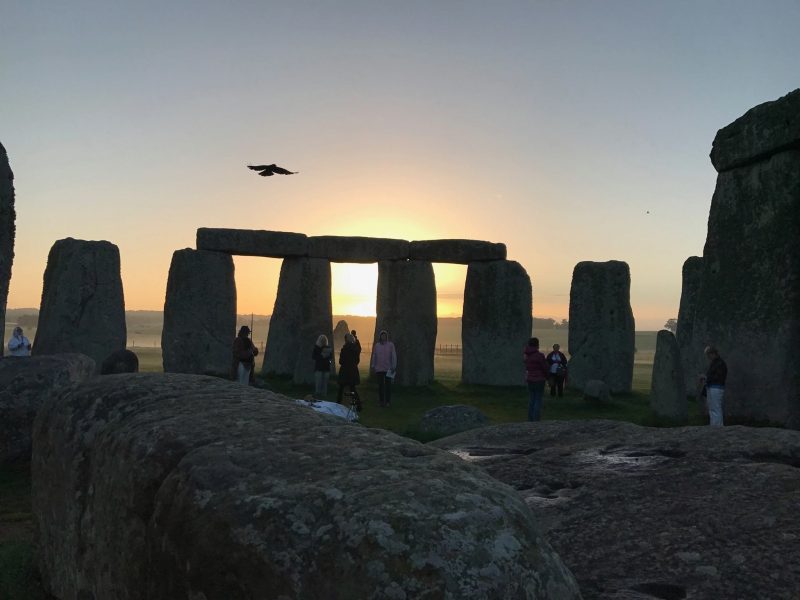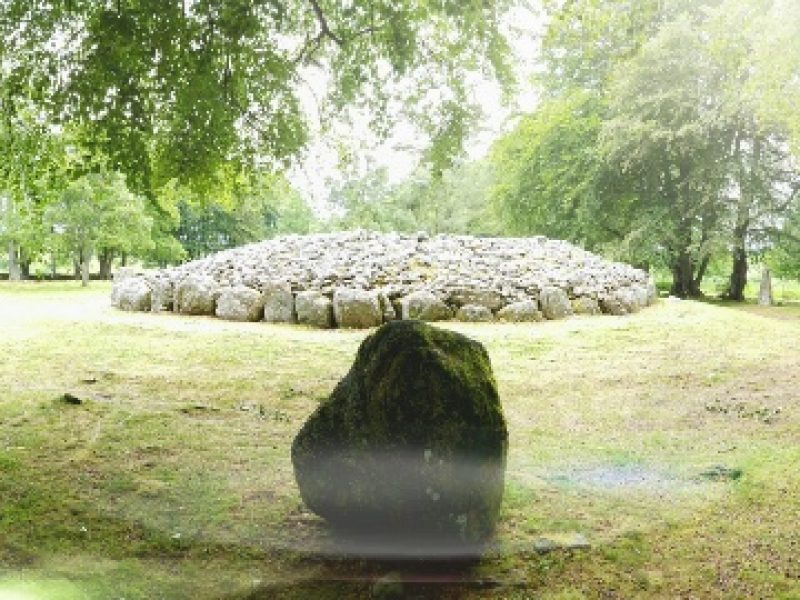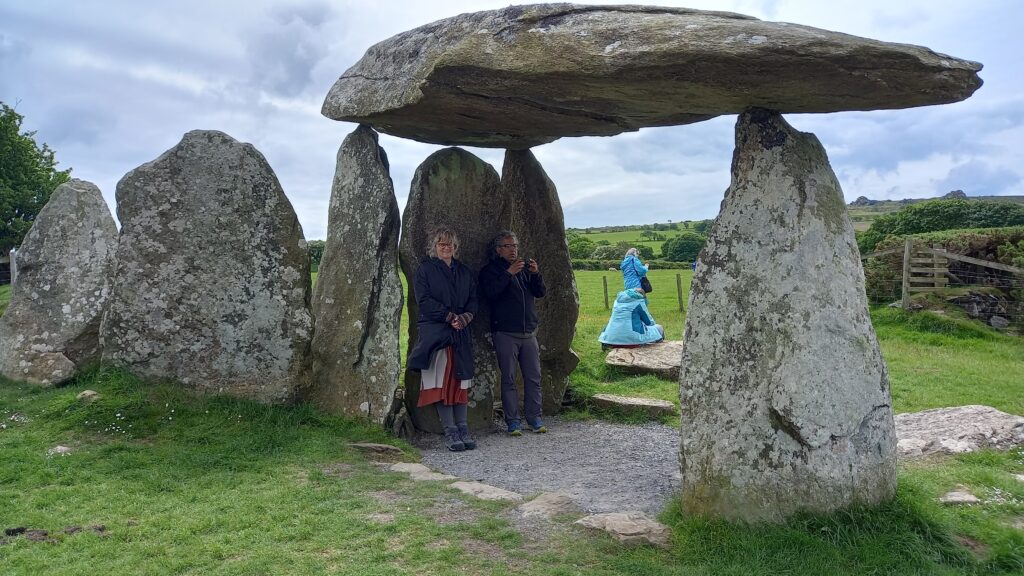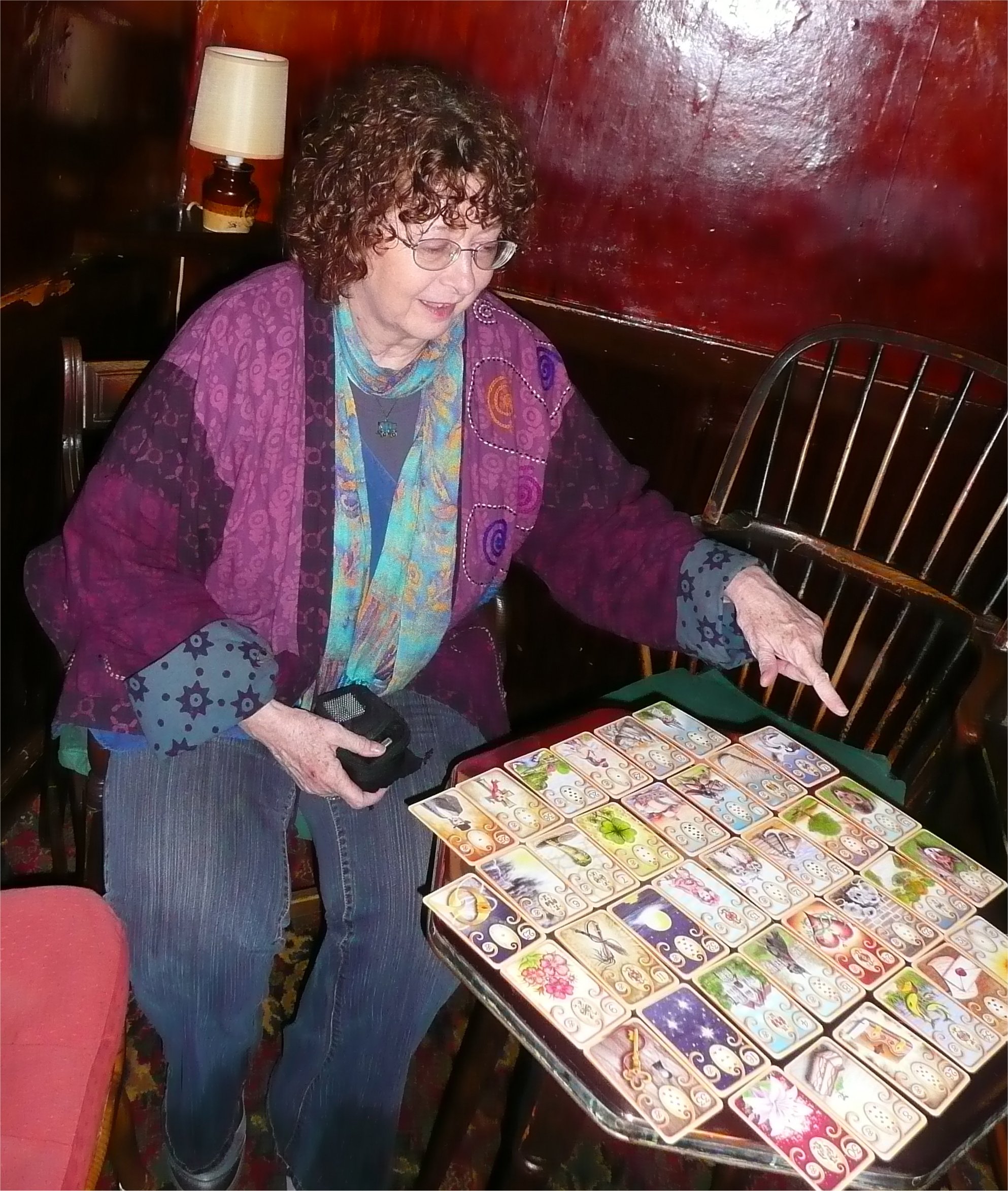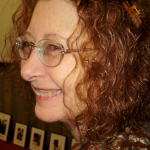 Where did the Petit Lenormand deck come from? How was it used and why the phenomenal groundswell of interest in it over the past few years? I continue my discussion with internationally renowned Tarot reader, author and teacher, Mary K. Greer, whose focus in the past three years has been on exploring the many facets of this deck. Mary has distilled her knowledge and ideas into a course on reading the Petit Lenormand cards offered through Global Spiritual Studies.
Where did the Petit Lenormand deck come from? How was it used and why the phenomenal groundswell of interest in it over the past few years? I continue my discussion with internationally renowned Tarot reader, author and teacher, Mary K. Greer, whose focus in the past three years has been on exploring the many facets of this deck. Mary has distilled her knowledge and ideas into a course on reading the Petit Lenormand cards offered through Global Spiritual Studies.
LINDA: What drew you to the Petit Lenormand cards?
MARY: I got my first deck, a Red Owl Lenormand, 30 years ago, but I had trouble making sense of the instruction sheet. The Lenormand cards depict everyday items like a dog, fox, child, scythe, and letter. All 36 of them are used in a layout called the Grand Tableau.

Around 1995 I got a reading from someone experienced with the cards and saw how different from Tarot the approach was. Seven or eight years ago I became involved in my Lives of Cartomancers project, collecting genre paintings, prints and newspaper articles from the 16th to early 20th century showing cartomancers reading in everyday surroundings. I decided to concentrate on learning this style of fortune telling that I had previously avoided, and I quickly became intrigued by the succinct, concrete, accurate and precise answers that the old decks and methods provided.
I explored and compared many fortune telling decks, but kept returning to the Lenormand as the most universal. Since there were few books in English, I explored the wonderful resources on the internet and met other people at conferences who were experienced Lenormand readers or who were becoming as intrigued as I was. About three years ago I gave myself over to a complete Lenormand obsession.
LINDA: What are the roots of the two card systems, Tarot and Lenormand?
MARY: Tarot was created in the 15th century as a playing card game like Bridge, and for the most part did not become a formal divination system until the end of the 18th century. There is no one “correct” way to read the cards unless you commit yourself to a particular system: Etteilla, the Marseilles of Eliphas Lèvi and Paul Marteau, the Golden Dawn, the Egyptian Church of Light. Meanings are often differentiated at the spiritual, philosophical, psychological, and mundane levels, and draw from many esoteric fields.
The 36-card Petit Lenormand deck has always been a “parlour sybil”. It appeared in Germany in 1846, three years after the death of the famous French fortune-teller, Mlle. Lenormand, whose name and reputation were appropriated as an advertising ploy. It came with an explicit instruction sheet signed by the fictitious “Philippe Lenormand”, which accompanied almost all decks until at least the 1980s. Based on a late 18th century card game, The Game of Hope, that included fortune-telling as one of its uses, it was, in turn, derived from even earlier “Coffee-Cards” and coffee-ground divination. These were combined with a 36-card set of German playing cards used for cartomancy (Leaves or Spades were the best suit and Acorns or Clubs, the worst).
LINDA: Why do you think there’s been such a groundswell of interest in using the Lenormand cards in recent years?
MARY: Why did the hoola-hoop become such a huge cultural phenomena not once but three times (the first time was in the 14th century)? There’s a certain mystery to why things catch on. The U.S. had at least a half dozen publishers of Lenormand decks in the 19th and early 20th century, but most disappeared when the similar 52-card Gypsy Witch deck found a major publisher.
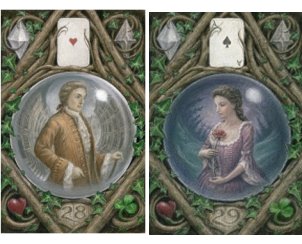
However, the internet is probably most responsible for the modern craze. Through social networking and instant translations we have access to experienced and hereditary readers from around the world in places where the Lenormand deck has maintained a steady popularity (primarily Germany, Belgium, France and to a lesser extent Russia, Eastern Europe and parts of South America). Since the 1980s, books have been published in these countries that advanced the use of the cards and up-dated the original meanings (adding phone calls to Birds, and the internet to Stars, for instance).
About five years ago a popular correspondence course by Iris Treppner was translated from German into English; then the French reader, Sylvie Steinbach, self-published her book of meanings and card combos in English. At the same time several webpages, forums and youtube videos began demonstrating how to read these cards. The introduction of companies that produce short-run, self-designed playing cards meant anyone could self-publish their own version of these simple images using public-domain pictures. Tarot historians were expanding their research into the broader area of cartomancy, and Tarot readers, wanting to expand their skills, found Lenormand a fascinating challenge. The interest just keeps growing.
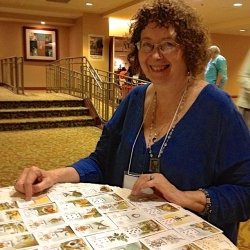 About Mary K. Greer
About Mary K. Greer
Mary K. Greer has been practising Tarot for more than 46 years and teaches Tarot around the world. The award-winning author of 11 books on Tarot and on magic, Mary is a member of several national and international tarot organizations and is featured at tarot conferences around the world. Her classic, Tarot for Your Self, came out in a beautiful Japanese edition in 2012.
In 2007, she received the International Tarot Lifetime Achievement Award from the Association for Tarot Studies. As an independent scholar, writer, teacher, and professional tarot consultant, Mary sees herself as a ‘midwife of the soul.’ She advocates using card reading techniques that are interactive, transformational and empowering and takes a revolutionary approach to teaching that emphasizes personal insight, creativity, and breaking all the rules. Click here to visit her website.
Over to you for questions and comments
Why do you think there’s such a groundswell of interest in the Petit Lenormand deck? Do you have any favourites among the many new decks that have been published in recent years? We’d love to hear from you!


